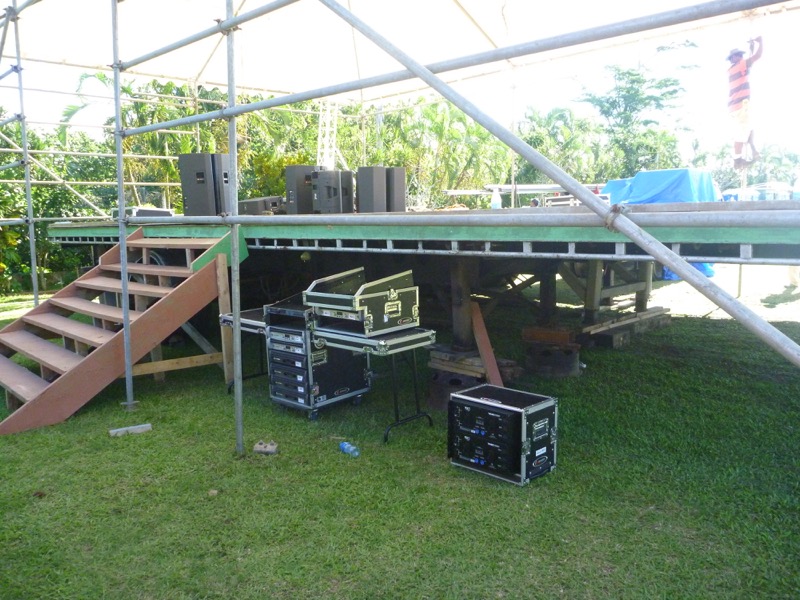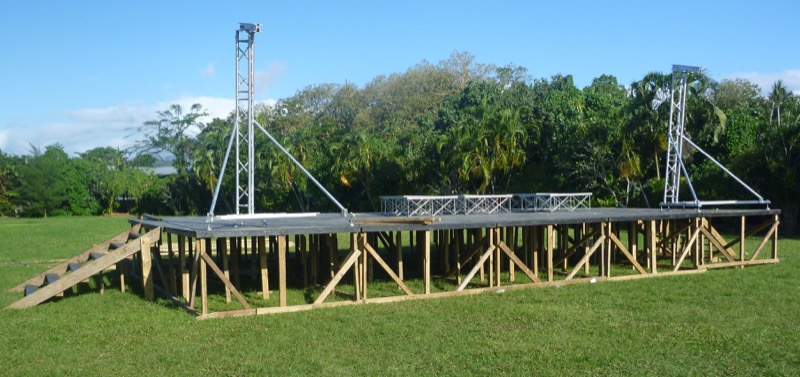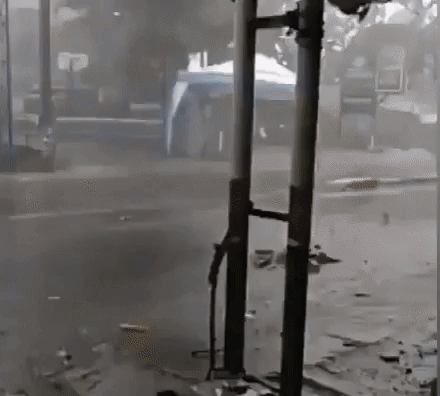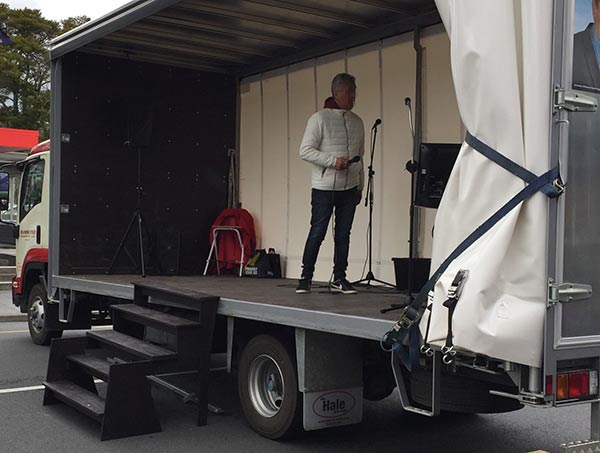Responsibility
With public event production comes responsibility and liability.
Whether you are a volunteer organizing a community event, or a qualified event specialist, there are many things to consider when renting a stage. Size, speed of set up, appearance and special features are notable, but by far, safety must be the number one consideration.
The following are some examples of catastrophic stage failures, together with examples of potential incidents or things to consider when choosing the safest stage for your event.
Indiana State Fair Stage Collapse
The Indiana stage collapse in 2011 consisted of a truss roof separate from the stage deck below (not a mobile stage). A combination of extreme weather and untimely stage evacuation procedures resulted in the death of seven people and injuries to 58 others. A $50 million settlement was reached. Just one injury is too many!
Reference to stage failures and why hiring a stage with the highest wind rating is so important
Wind strength
Lightweight stages with roof supports are prone to failure from moderate to high wind. Heavy ballast is required to anchor. Often lightweight trailers sit on wheels suspension, resulting in excessive movement with dance & cultural performers.
Inflatable (‘castle’) covers over stages also have low wind resistance, & if there is a power failure, the structures deflate almost immediately.
Stageline Stages are leveled with hydraulic stabilizers with back-up supports.
Ghost tent
Small homemade stage roof systems on a budget can collapse or blow away in even the lightest wind.
Stageline Stages have the highest wind resistance in the industry – up to 185km/hr without and 123km/hr with windwalls.
Platform Failures
Bolivian platform – funny, but potentially serious with children playing under.

Chinese choir
Stageline Stages boast a reinforced deck and chassis supporting 732 kg/m2.
Cheap or Free Alternatives
The Classic Kiwi Curtain-sider truck with make shift (or no) stairs:
Note:
• Unsafe stairs with uneven step heights, and no handrail.
• Unsuitable deck width for performers (once a drum kit is set up).
• General unprofessional look (potentially damaging artists’ reputation).
• No rigging points for sound & lights.
• Often the deck surface is damaged creating trip hazards.
• No fixing points for effective signage.
• As with the light trailer, the chassis moves with performers on the suspension.
Who is responsible if an incident occurs? The well intended & unpaid community event organiser or volunteer? The generous owner donating the truck?


Note how the heavy trailer’s struts are supported.

This ground built stage is labour intensive, slow and potentially costly to build.
Stages without roofs offer zero protection from the rain & sun, meaning talent & equipment are at risk. Any hint of rain and the event comes to a halt.
In Summary
Stageline Mobile Stages are the safest verses a truss built structure or any of the other alternatives profiled above.
Stageline has an exemplary safety track record. Over 850 stage units worldwide, with over 20,000 events in over 48 countries every year.
Stages have a 600 point inspection on each and every unit sold. Built and tested with the highest load rigging design criteria in the industry – up to two times the permitted load.
Make sure you keep your performers and attendees safe!
With a Stageline, you enjoy the concert instead of worrying about it.



